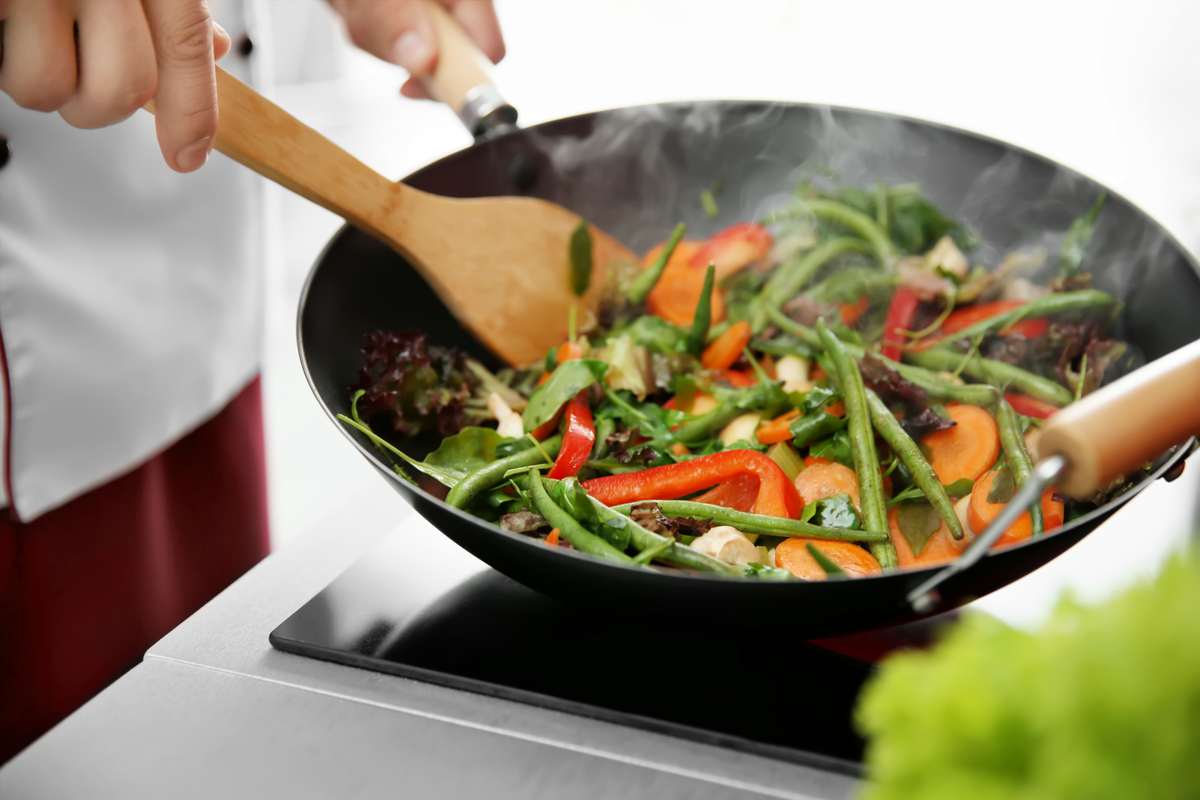
When it comes to cooking, there's a lot of buzz about the smoke point of oils. It's often seen as a crucial factor in choosing the right oil for different culinary tasks. However, in the battle of Extra Virgin Olive Oil (EVOO) versus Rice Bran Oil, the smoke point takes a back seat to the real story.
Understanding Smoke Points
First, let's clarify what the smoke point is. It's the temperature at which an oil begins to break down and emit smoke. For Rice Bran Oil, this happens at around 220 degrees Celsius, while EVOO's smoke point is lower, typically around 205 degrees Celsius.
Reality Check: Do You Cook at the Smoke Point?
Here's the thing: hardly anyone cooks at the smoke point of any oil, especially when it comes to home cooking. When was the last time you fried anything at 220 degrees Celsius? For most of us, the answer is probably "never." And this is where the 'irrelevance' of the smoke point becomes apparent.
For example, frying typically occurs at temperatures around 120 degrees Celsius, which is well below the smoke point of both EVOO and Rice Bran Oil. So, the smoke point isn't a make-or-break factor in your everyday cooking.
Smart Marketing or a Myth?
So why all the fuss about smoke points? Well, that's where marketing plays a role. Some oil producers use smoke points to promote their products as "better" or "healthier" for high-heat cooking. This is where we get into the so-called 'smart marketing.' They have persuaded cooks that they have a problem, when they actually don’t!
While it's true that heating oil past its smoke point can create potentially harmful compounds and degrade the oil's quality, the reality is that this doesn't typically happen in everyday kitchen scenarios. In fact, most of us use oils for sautéing, roasting, or frying at temperatures far below the smoke point of these oils.
EVOO and the Healthy Properties
One of the key points in favour of EVOO is that it retains its healthy properties even during cooking. While it may have a lower smoke point, the heart-healthy monounsaturated fats and antioxidants in EVOO are more resilient than you might think. Plus, the flavour it adds to your dishes is unmatched.
Rice Bran Oil and the Unhealthy Properties
On the other hand, Rice Bran Oil, while having a higher smoke point, can create unhealthy properties when heated too much. The high smoke point can give a false sense of security, making you think it's a healthier choice for all types of cooking. However, it's important to remember that overheating any oil is not recommended.
In Conclusion
The smoke point debate often distracts us from the real factors that matter in choosing a cooking oil. When it comes to everyday cooking, the smoke point is less relevant than you might have been led to believe. Both EVOO and Rice Bran Oil have their unique qualities, and your choice should depend on the dish you're preparing, they flavours you want in it, and the level of healthiness you want in the dish.
The key takeaway is that you don't need to stress about cooking with EVOO. Its health benefits remain intact, even at the temperatures most of us cook with. So, the next time you reach for your Telegraph Hill EVOO to create a delicious and nutritious meal, rest assured that you're making a smart and flavourful choice.
Published literature to support this article:
Contains details on the unhealthy polar compounds in refined oils, and research conducted on cooking with Extra Virgin Olive Oil
https://olivewellnessinstitute.org/extra-virgin-olive-oil/cooking-with-olive-oil/

